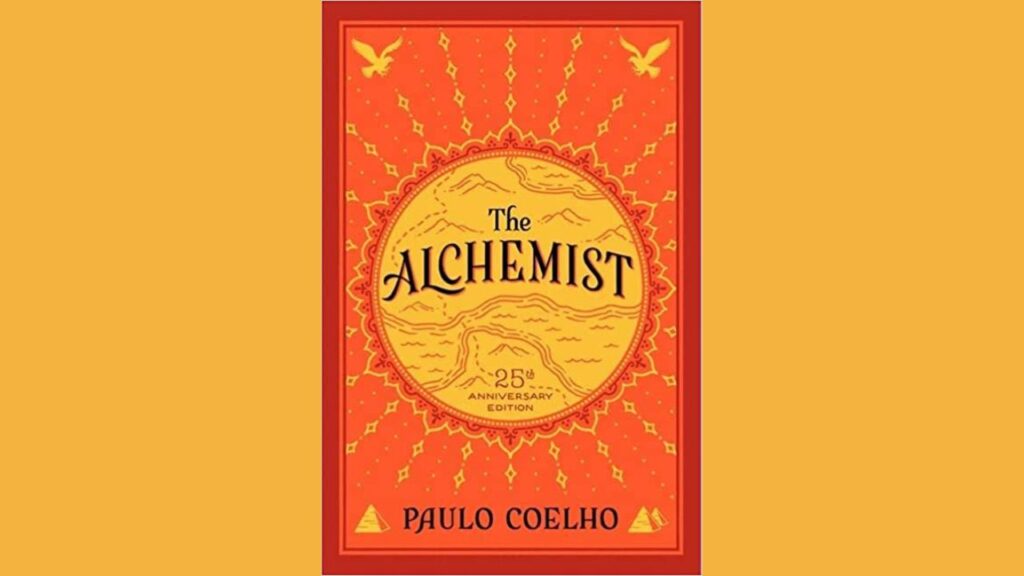
Student Notes – Crime and Punishment by Fyodor Dostoevsky
Introduction:
Crime and Punishment, written by Fyodor Dostoevsky, is a psychological novel that delves into the depths of the human mind and explores the themes of guilt, morality, and redemption. Published in 1866, the novel follows the story of Rodion Raskolnikov, a young impoverished student who commits a heinous crime and grapples with the consequences. This set of student notes provides a comprehensive overview of the key elements, themes, and characters in the novel, along with analysis and discussion points for further exploration and understanding.
Setting:
- St. Petersburg, Russia: The novel is set in the gritty and poverty-stricken streets of 19th-century St. Petersburg, reflecting the social and moral decay of the time.
Characters:
- Rodion Raskolnikov: The tormented protagonist who commits a double murder and battles with his guilt and inner turmoil.
- Sonya Marmeladova: A young prostitute with a pure and selfless nature, who becomes a source of moral support for Raskolnikov.
- Porfiry Petrovich: The meticulous and intuitive detective who suspects Raskolnikov’s involvement in the crime.
- Arkady Svidrigailov: A morally ambiguous character who has a dark past and forms a complex relationship with Raskolnikov.
- Avdotya Romanovna (Dunya): Raskolnikov’s sister, who embodies strength and resilience in the face of adversity.
Plot Summary:
- Raskolnikov’s contemplation and execution of the crime, driven by his belief in his own extraordinary status and his theory of the “extraordinary man.”
- The mental and emotional turmoil Raskolnikov experiences as he grapples with guilt, paranoia, and the fear of being discovered.
- The complex relationships Raskolnikov forms with Sonya, Porfiry, and Svidrigailov, each challenging his beliefs and offering different paths to redemption.
- Themes: Guilt and Conscience, Morality and Ethics, Redemption and Atonement, Poverty and Social Injustice, Psychological Exploration.
Key Themes and Symbols:
- Guilt and Conscience: The novel explores the psychological torment caused by guilt and the inner struggle for redemption and peace of mind.
- Morality and Ethics: Dostoevsky delves into questions of right and wrong, exploring the consequences of immoral actions and the ethical dilemmas faced by the characters.
- Redemption and Atonement: The possibility of redemption and the search for moral regeneration are central themes, as characters confront their past actions and seek a path towards personal growth.
- Poverty and Social Injustice: The novel highlights the harsh conditions and social disparities in 19th-century Russia, shedding light on the impact of poverty and societal injustices on individuals.
- Psychological Exploration: Dostoevsky delves into the depths of the human psyche, examining the motivations, desires, and moral struggles of the characters.
Analysis and Discussion Points:
- Analyze the character of Raskolnikov, exploring the factors that lead him to commit the crime and the evolution of his psychological state throughout the novel.
- Discuss the theme of guilt and its impact on Raskolnikov’s conscience, examining how it drives his actions and shapes his relationships.
- Explore the concept of morality in the novel, considering the characters’ moral dilemmas and the consequences of their choices.
- Discuss the role of Sonya and her impact on Raskolnikov’s journey towards redemption, analyzing their relationship and her role as a symbol of purity and salvation.
- Examine the societal context of the novel, discussing the portrayal of poverty and social injustice, and its relevance to contemporary society.
Conclusion:
Crime and Punishment is a profound and introspective novel that delves into the depths of the human psyche and explores timeless themes of guilt, morality, and redemption. Fyodor Dostoevsky’s masterful storytelling and complex characters invite readers to contemplate the intricacies of the human condition and grapple with the moral dilemmas faced by the protagonist. By engaging with the student notes provided, readers can gain a deeper understanding of the novel’s themes, characters, and societal context, fostering critical thinking and stimulating insightful discussions about the complexities of morality, guilt, and the pursuit of redemption.





